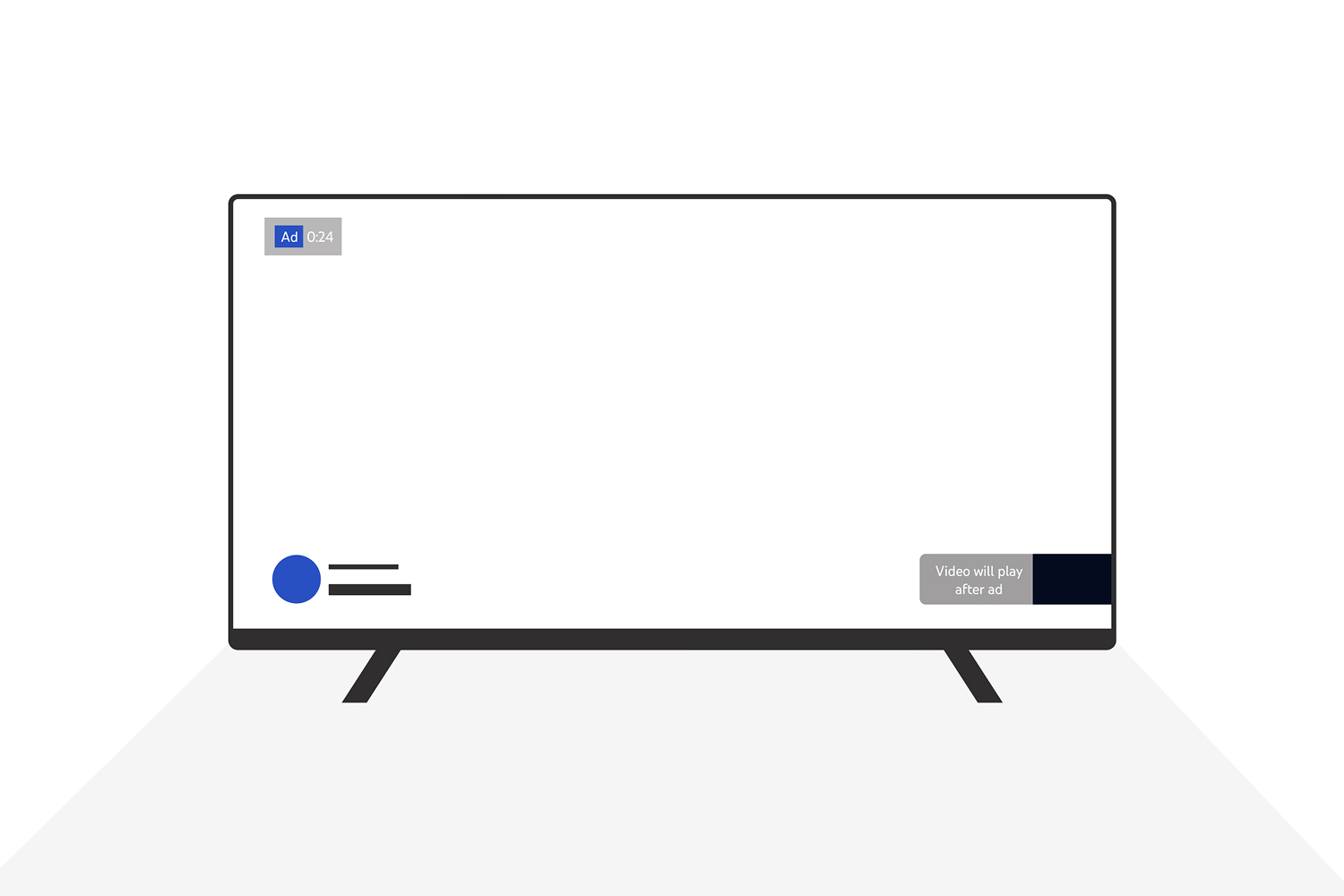The Polar Report #5

A curated view of what’s happening in the world of Digital Monetisation, Audience Development, and Measurement.
This week we explore Vox Media’s acquisition of Group Nine, the resolution of Roku and YouTube’s dispute, and the evolving landscape of CTV advertising and transparency in digital media.
Monetisation
Roku and Google Reach Agreement Over YouTube
Roku and Google have settled their ongoing dispute, ensuring that YouTube and YouTube TV remain on Roku devices.
The disagreement centered on Google’s data demands and Roku’s claims of anti-competitive behavior.
YouTube is essential for advertisers due to its AVOD dominance, making CTV platforms crucial for its reach.
Roku, while offering its own ad-supported content, relies on YouTube’s massive viewer base to retain users.
The battle reflects a larger power struggle between device manufacturers and content providers over revenue and data control.
As the AVOD landscape grows, similar conflicts between platforms and device manufacturers are likely to emerge.
Full article on CNBC
Rakuten’s AVOD Platform Viki Restricts Ads to 2 Minutes Per Hour
Viki, Rakuten’s ad-supported streaming service, has set a 2-minute ad cap per hour, delaying mid-roll ads until 8 minutes into a show.
Lower ad loads can improve user experience but may limit advertiser revenue.
Traditional broadcasters have fixed ad slots, but digital platforms can adjust placements dynamically.
Facebook and YouTube have also balanced ad load vs. engagement, adjusting placements to maintain revenue.
Viki’s move may help attract audiences initially but could later increase ad value through premium placements.
This signals a potential shift in AVOD monetisation, where ad value—not volume—dictates revenue.
Full article on Digiday
Audience Development
Vox Media Acquires Group Nine
Vox Media has merged with Group Nine, creating one of America’s largest digital media companies.
The deal expands Vox’s reach across Amazon, Netflix, Hulu, and brands like The Dodo, NowThis, SB Nation, New York Magazine, and The Verge.
First-party data solutions, such as Vox’s Forte product, will become increasingly important as third-party cookies are phased out.
Streaming services and media platforms are focusing on IP ownership to strengthen their content distribution.
Media consolidation is expected to continue, as companies seek to protect their market position and enhance direct-to-consumer offerings.
As IP ownership becomes a major competitive factor, expect more creator-level collaborations following the success of The Sidemen.
Full article on Vox Media
Measurement
CTV Evolves into a Performance Marketing Channel
CTV is shifting from brand awareness to performance marketing, offering the measurability of programmatic advertising.
Advertisers are using CTV to test content effectiveness before launching on linear TV.
CTV and traditional TV both provide large-screen impact, but channel credibility varies.
CTV lowers barriers to entry for TV advertisers, but premium TV ad spots still hold consumer trust.
New performance metrics in CTV focus on retention and engagement, rather than traditional reach-based KPIs.
The lines between CTV and linear TV advertising are blurring, as measurement evolves to fit digital-first campaigns.
Full article on Digiday
Online Marketplaces Could Improve Ad Transparency
A VideoWeek report suggests that digital ad infrastructure needs a fundamental shift toward marketplace-based trading for greater transparency.
The current digital advertising model has been built on legacy structures, leading to complexity and inefficiency.
E-commerce-inspired models could make advertising inventory more accessible and transparent.
OpenSlate and Channel Factory have attempted to improve YouTube ad verification, but deals remain opaque.
Independent third-party verification (Nielsen, Comscore, Kantar) is still essential for industry-wide transparency.
While marketplaces could improve ad transparency, industry resistance makes large-scale adoption unlikely in the short term.
Full article on VideoWeek
TV Advertising Costs Set to Increase by 11% in 2022
While digital advertising continues to grow, TV advertising costs are rising due to limited inventory and high demand.
Media agencies are pushing back against cost hikes, but TV remains crucial for brand-building campaigns.
Limited supply and high demand mean prices will continue to rise, regardless of agency objections.
Super Bowl ad prices highlight TV’s continued premium status for advertisers.
Contextual advertising is gaining importance as cookie deprecation and privacy changes disrupt digital tracking.
TV advertising costs will likely continue increasing as advertisers shift focus to premium placements.
Full article on VideoWeek
If you liked that why not take a look
Ready to maximise your YouTube revenue?
Get in touch and let’s begin exploring your channel’s hidden potential.










